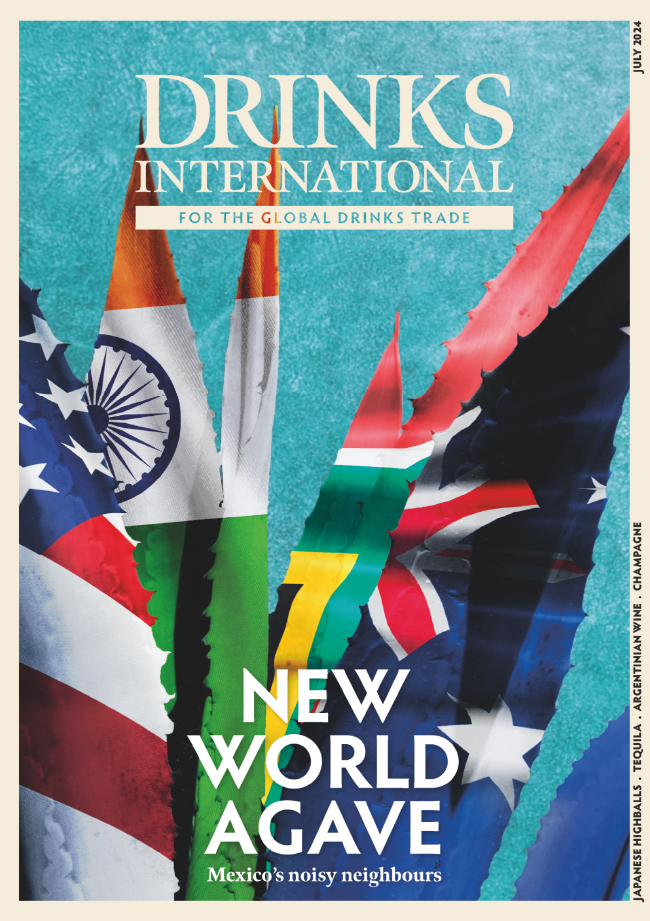Nevertheless the repeated crises of the late 20th century have led to the disappearance of some middle-sized family-owned – and thus under-capitalised – firms. But this is the only negative result in the 40 years since the biggest single crisis of the 20th century, the dramatic fall in sales following the first oil crisis of the early 1970s.
The biggest plus factor has been the considerable increase in the quality of even the cheapest brandies. This is partly due to a steady improvement in distillation techniques. Nevertheless by far the biggest element has been the reduction over the past 40 years in the area planted in vines through the uprooting of more than a third of the total – some 40,000ha – a process greatly assisted by subsidies from the French government and the EU.
Fortunately the loss was largely in the west of the region between Cognac and the shores of the Bay of Biscay, above all in the outer ring of vines, the Bois Ordinaires, producing the worst brandies – the only ones left are on the islands of Oleron and Ré, designed to be sold to the hundreds of thousands of tourists who presumably appreciate their salty taste.
The result is that the old map of the region, a circle round the town of Cognac and the river Charente on which it is situated, has been transformed into an irregular quadrilateral taking in the much chalkier heart of the region, where the finest brandies have always been produced.
By contrast there has been a totally unexpected growth in the number of individual grower-distillers, mostly – but not exclusively – from the Grande Champagne, selling their brandies, not to the major firms as they had, often for several generations, but directly to consumers. For they had never had written contracts, simply verbal ‘gentlemen’s agreements’ with the big four who had been forced to cut down on purchases in the 1980s.
As a result today there is a new-found balance in the region. The newly-liberated growers have joined the handful of pioneers, such as Frapin, Raymond Ragnaud and Ragnaud-Sabourin – who were already selling direct – and the twin firms, Hine and Delamain, who had been ‘purveying’ their superior brandies largely to the British aristocracy, for up to 300 years.
new markets
But the big four have also played their part in what has amounted to a renaissance of cognac over the past decades. They alone have had the capital to promote cognac in new markets – Martell has 60 offices in China – and have devised more new offerings, many of them extremely pricey, over the past 20 years than they had ever done before. But crucially, they have accepted, for the first time, the fact that cognac is consumed in two different ways – as a digestif, lovingly sipped by connoisseurs, and as the base for a long drink. They have even backed the newly-important breed of bartenders in encouraging them to exploit the complex delights of cognac as a base for cocktails.
Attempts by the drink’s governing body, the Bureau National Interprofessionel du Cognac, to promote cognac and tonic have not been all that successful – not surprisingly since, for me anyway, tonic is one of the few non-alcoholic drinks which emphatically doesn’t go with brandy and is far less suitable than sparkling water or ginger ale.
Indeed, probably the most successful promotional efforts have derived from the fact that in the US cognac, for all its superficial gloss of social superiority, was mostly drunk with cola by the inhabitants of the country’s ghettos. Over the past decades these have produced a horde of rap artists only too happy to be associated with the drink – which they call ‘nyak’. Hennessy (‘Henn, Henny, Hen-Roc’) was the first firm to support the rappers but most of the publicity was due to the artists themselves. Typically Busta Rhymes offered a hit recording called simply Pass the Courvoisier: “Give me the Henny, you can give me the Cris. You can pass me the Remi but the pass the Courvoisier [sic].”
And yes he is equating cognacs with Roederer’s Cristal, that super-premium beverage.
The Brandy Report comes in 12 parts. Folllow the links here Category introduction by Hamish Smith (1/12), Brandy in the Philipinnes by Hamish Smith (2/12), Cognac by Nicholas Faith (3/12), Premium brandies by Richard Woodard (4/12), Armagnac by Ian Buxton (5/12), French brandy by Hamish Smith (6/12), Spanish brandies by Dominic Roskrow (7/8)



